I’ve traveled and sought out new places my entire adult life and like to think I’ve got the trip prep process down pretty good. One thing I’ve learned is the importance of a good guide book (just counted and we have 19 of them for places on four continents) to get the process started.
To help you plan your Ecuadorian adventure, we’ll be posting my reviews of the major Ecuador guidebooks found in our excellent local library system over the next few months.
More Typical Travel Guide
Next up is the seventh edition of “The Rough Guide to Ecuador & the Galapagos,” updated by Stephan Kuffner in 2019.
Unlike the sustainability and community-tourism focused Moon Ecuador travel guide, the Rough Guide is more mainstream.
For those of you who have not read one of my reviews, I use a little acronym to keep track of common things I like to see in a travel book. That acronym is DICES:
| D | detailed |
| I | interesting |
| C | current |
| E | engaging |
| S | surprising |
So let’s see how “The Rough Guide to Ecuador & The Galapogos Islands” dices up!
Detailed
Having six previous editions, the Rough Guide has a deep file on Ecuador and this edition shows it to great advantage. There is lots of information on hotels, lodges, tour operators and the brass tacks of travel.
I especially liked the sections on lodges in the Amazon, what to be aware of if one rents a car, and the Galapagos field guide. The end of the Quito section has an extensive (13 pages) and very useful collection of resources for transport, accommodations, restaurants, and other essential information in an easy to use format.
Interesting
Because this is a standard guide, most of the information here is a bit basic. If the reader is familiar with Ecuador, there probably is not going to be much here that makes them say “huh, I didn’t know that.” I did find a couple of exceptions to this overall theme. The book list in the “Context” section is excellent, with some fiction and nonfiction gems that are well worth tracking down.
The other examples are more of the head scratching type. For example, in the “Basics” section, the writers give a rather negative description of one of my favorite Ecuadorian foods, bolón de verde, calling it a “rather stodgy ball of mashed, baked plantain” (pg 32). I’ve eaten hundreds of these across Ecuador and make them at home too. I’ve never seen or heard of one using baked plantain, only boiled and fried. I have to wonder, “where did they experience that?”
There are also a couple of oddly personal opinions on places. Bahia de Caraquez is noted as “one of Ecuador’s most agreeable coastal resort towns” (pg 285). Having visited Bahia more than once, both before and after the 2016 earthquake, I have to say I didn’t find much to recommend it. It’s too big to be quaint and too small to have a great variety of restaurants and lodging. The only standout thing about it, the very unique Chirije Lodge, which sadly closed in 2020.
The description of Port Ayora on Santa Cruz Island in the Galapagos as having an air of “well appreciated privilege” (pg 347) was the second interesting comment on a place. While Port Ayora is certainly a nice place, this makes it sound like Aspen or Carmel. It’s neither of those by any streak of imagination. These are things I would never have said or even considered. In a book that doesn’t have a real strong narrative voice, these snippets made me wonder and reconsider my experiences.
Current
This edition was published in 2019. While three years may not make a huge difference in the landscape of a nation, it can be a huge difference in the tour operator and hotel business. This has been especially true post-COVID, which had a massive negative impact in Ecuador.
I would recommend any traveler take full advantage of the website and contact information provided to confirm hours and prices. There are few things more disappointing in travel than arriving somewhere and finding a location out of business.
Like all travel research, one should make sure to check the most recent safety updates from their Embassy or Consulate in Ecuador. The book’s comments about safety in Esmeraldas and Guayaquil don’t reflect the current situation and are good examples of the importance of keeping updated to travel planning.
Engaging
As I hinted at above, this guide does not have a strong narrative voice. I find this makes “Rough Guide to Ecuador & the Galapagos” less engaging than a guide with a specific author.
For me, this reads a bit like a good technical manual versus a story of discovering Ecuador. The information is good but it’s no where near as enjoyable as something with a personal take on the subject. As it is, the comments with a bit of personal flavor come off as a bit odd and out of place.
Surprising
Much like my comments above in the “Interesting” section, I didn’t find much surprising in this version of the Rough Guide except the reading list.
In the overall scheme of things I like to see in a travel guide, details are the first thing I look for. However, getting the occasional “wow, I didn’t know that” is an important piece of why I choose one guide over another. I didn’t find that here.
So, what’s the result?
Rough Guide’s “Ecuador & the Galapagos” dices up like the ingredients in a good fast casual restaurant burrito. Lots of stuff, tastes pretty good, but a little boring.
This guidebook will be especially useful for first time travelers researching what to expect in Ecuador or repeat visitors who are interested in visiting a different part of the country.

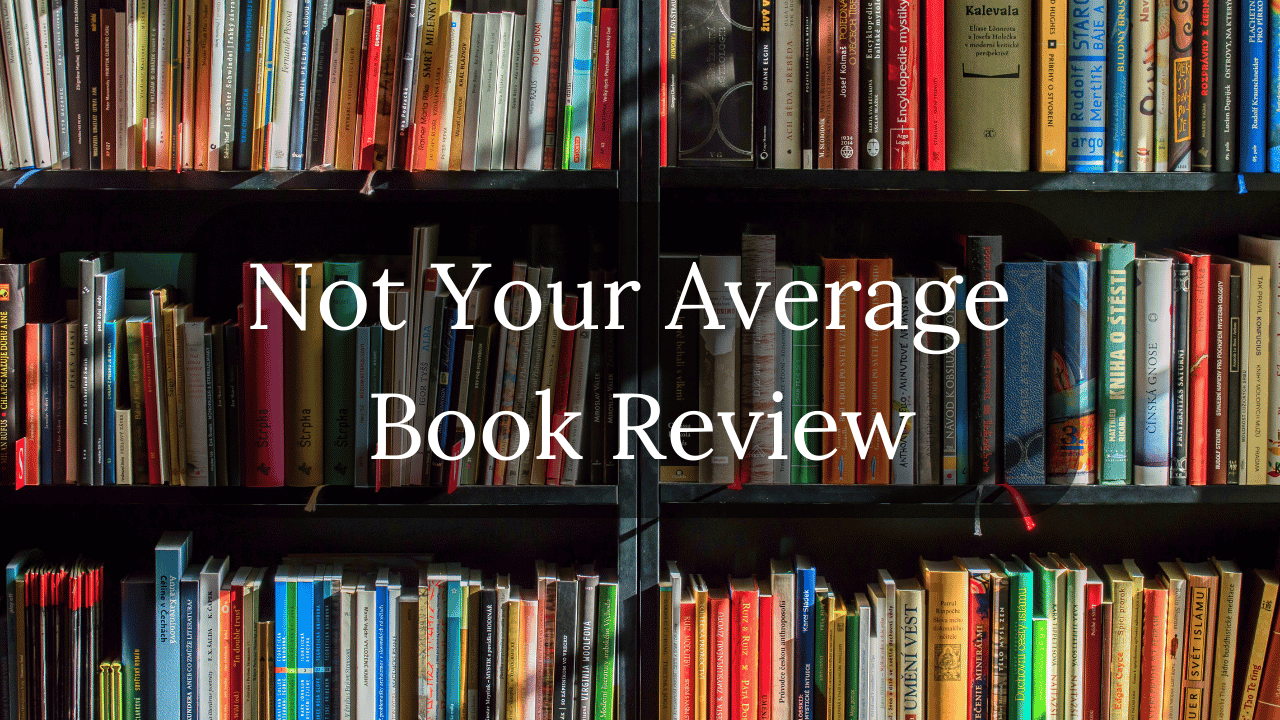

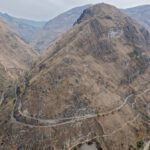

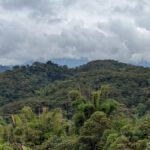

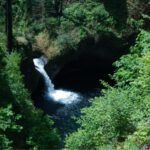



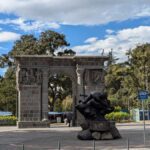


0 comentarios